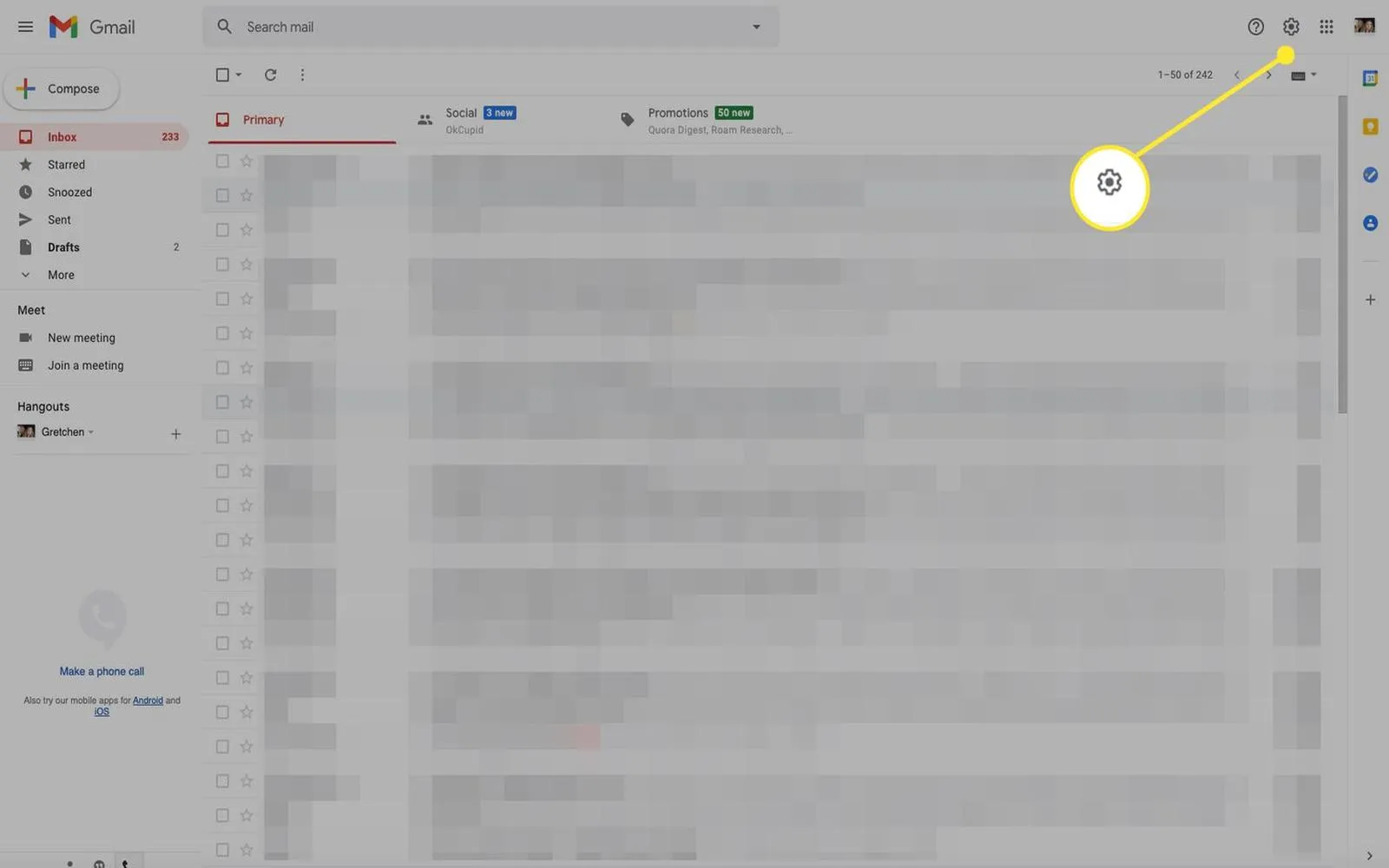Understanding the Basics of Graphic Design
Graphic design is a crucial aspect of modern communication, especially in a world where visuals dominate content. You may not have formal design training, but with the right tools and knowledge of basic principles, you can create stunning graphics that capture attention and convey your message effectively.
Key Principles of Effective Graphic Design
Before diving into the tools and techniques, it’s essential to understand some fundamental principles of graphic design. These principles will help you create visually appealing and effective graphics:
- Balance: This refers to the distribution of elements within a design. A well-balanced graphic feels stable and aesthetically pleasing.
- Contrast: Using contrasting colors, shapes, and sizes can draw attention to specific elements, making your graphics more engaging.
- Alignment: Proper alignment ensures that elements are visually connected, creating a clean and organized look.
- Repetition: Repeating certain elements, such as colors or shapes, helps to unify the design and reinforce your brand identity.
- White Space: Also known as negative space, this refers to the empty spaces in your design. It can help to reduce clutter and make your graphics more readable.
Choosing the Right Tools
Thanks to technology, there are numerous graphic design tools available that cater to individuals without design skills. Here are some popular options:
| Tool | Features |
|---|---|
| Canva | Intuitive drag-and-drop interface, pre-designed templates, and a vast library of images and icons. |
| Adobe Spark | Templates for social media posts, web pages, and videos, with a focus on storytelling. |
| Piktochart | Specializes in infographics and presentations, with easy-to-use design features. |
| Visme | Combines presentation and infographic tools, offering customizable templates and graphics. |
These tools often come with built-in templates and design elements, making it easy for anyone to create professional-quality graphics without prior design experience.
Creating Graphics for Your Needs
When it comes to producing graphics, it’s important to align your design with your goals. Here are some common graphic types and tips on how to create them effectively:
Social Media Graphics
Social media is a powerful platform for sharing graphics. To create effective social media graphics:
- Use bold, eye-catching colors to grab attention.
- Keep the text minimal; focus on a single message.
- Incorporate your logo and brand colors for consistency.
Infographics
Infographics are great for presenting complex information in an easily digestible format. To design an effective infographic:
- Organize information logically with a clear flow.
- Use icons and visuals to break up text and illustrate points.
- Limit your color palette to make the design cohesive.
Presentations
Whether for business or education, presentations often require compelling graphics. To enhance your slides:
- Use high-quality images that relate to your content.
- Keep text concise, using bullet points for clarity.
- Incorporate charts and graphs to visualize data.
Leveraging Online Resources
There are countless resources available online that can help you enhance your graphic design skills. Websites like referrerAdCreative provide templates, design inspiration, and tips for creating effective advertising graphics. Here are a few additional resources you might find helpful:
- Design Blogs: Follow blogs dedicated to graphic design for the latest trends and tips.
- YouTube Tutorials: Many designers share tutorials that can help you learn new techniques and tools.
- Online Courses: Platforms like Udemy and Coursera offer courses that can teach you graphic design fundamentals.
Best Practices for Optimization
Once you’ve created your graphics, optimizing them for use is essential. This includes:
- Choosing the right file format (JPEG, PNG, SVG) based on the medium.
- Compressing images to ensure fast loading times on websites.
- Using descriptive file names and alt text for SEO purposes.
Conclusion
Creating great graphics doesn’t have to be daunting. By understanding the key principles of design, utilizing the right tools, and following best practices, anyone can produce visually appealing graphics that resonate with their audience. Whether you’re designing for social media, infographics, or presentations, the right approach can help you convey your message effectively and professionally. Start experimenting and unleash your creativity today!





